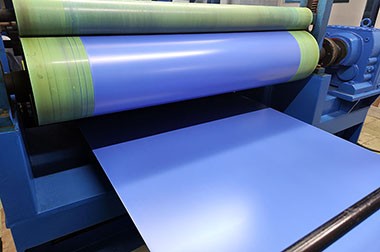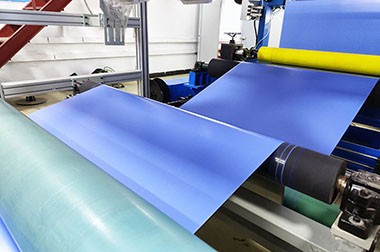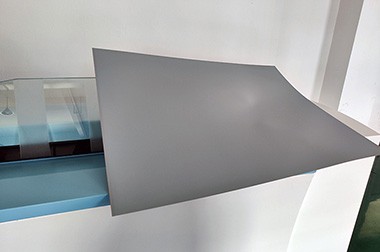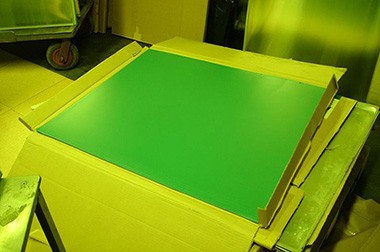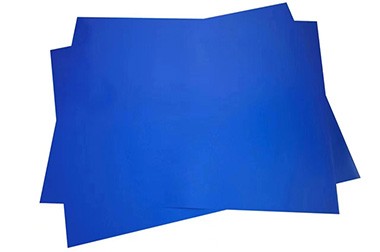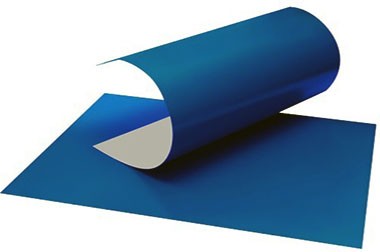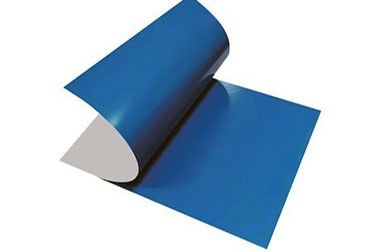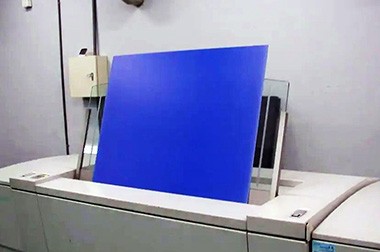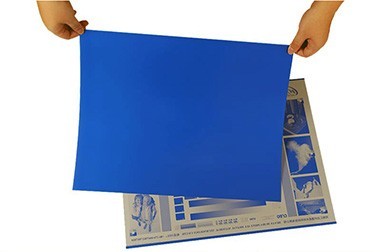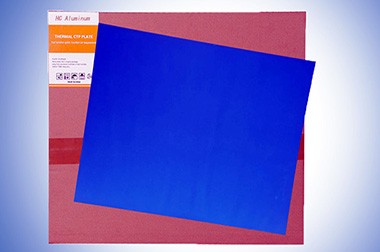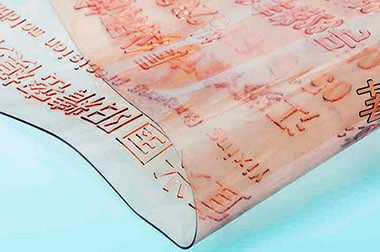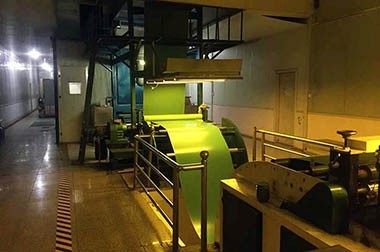What are the requirements for aluminum plates used as CTP plate bases
Mar. 06, 2025
The CTP plate has very detailed and strict requirements for the aluminum plate base, mainly to ensure the high precision of the plate making process and the high quality of the final printing effect. Any apparent defects may cause uneven coverage and exposure of the photosensitive layer, affecting the quality and consistency of the print.
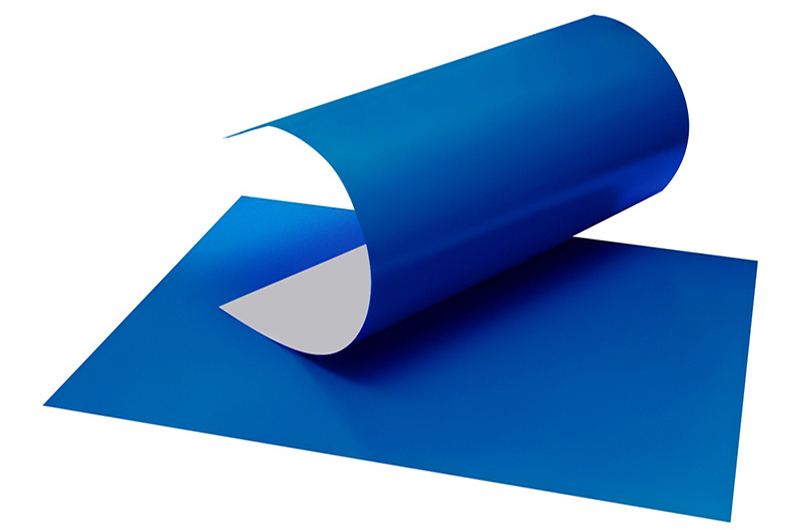
Aluminum plate for CTP plate base
- Typical alloys: 1050A, 1060, 1070
- Material status: H18
- Thickness (mm): 0.13-0.40
- Width (mm): 650-1420
- Length (mm): C (according to customer requirements)
The CTP version is computer-direct plate making and is a high-end product of the PS version. It is widely used in offset printing plates such as positive PS plates, thermal CTP plates, photosensitive CTP plates, UV-CTP plates. The characteristics of CTP technology have certain requirements for the quality of CTP plates and the plate base used to produce CTP plates, such as apparent quality, physical properties and electrolytic adaptability.
Users viewing this material also viewed the following
CTP plate performance requirements for aluminum plate base
CTP plate (Computer-to-Plate, direct plate making technology) has very strict requirements on the aluminum plate base, because the quality of the aluminum plate base directly affects the final printing quality and plate making stability.
1. Clean and smooth
- Clean: The surface of the aluminum plate base must be dust-free to ensure that no contaminants remain. Pollutants include grease, oxides, dust, etc., which will affect the adhesion of the photosensitive layer and the exposure effect.
- Smoothness: The aluminum plate base should have no obvious warping and deformation. The highly flat plate base ensures good contact with the printing press cylinder during the printing process, thereby ensuring consistent printing quality.
2. No cracks or corrosion pits
- No cracks: The aluminum plate base should not have any cracks or breaks. Cracks will not only affect the mechanical properties of the plate base, but also cause unevenness of the photosensitive layer, affecting the printing effect.
- No corrosion pits: There should be no traces of corrosion on the surface. Corrosion pits will cause uneven thickness of the local photosensitive layer, affecting exposure and printing quality.
3. No points or vents
- No spots: There should be no small spots visible to the naked eye (such as dust, impurities, etc.) on the surface of the aluminum plate base. These small dots can form defects during exposure, affecting image quality.
- No air holes: There should be no air holes in the base. These holes will cause uneven coverage of the photosensitive layer, affecting exposure accuracy and printing effects.
4. No scratches or breaks
- No scratches: There should be no scratches on the surface of the aluminum plate base. These traces will affect the uniformity and adhesion of the photosensitive layer, thereby affecting the plate making and printing effects.
- No bends: The base plate should have no bends or indentations. These defects will cause the base plate to be unstable on the printing press and affect the printing quality.
5. No marks, peeling, pine branches, or oil marks
- No marks: The surface of the base plate should not have any traces caused by external force or processing technology.
- No peeling: There should be no peeling or peeling of the surface coating or oxide layer.
- No pine branch-like pattern: The surface of the base plate should be uniform and there should be no pine branch-like pattern.
- No oil traces: There should be no grease residue on the surface. These greases will affect the adhesion and development effect of the photosensitive layer.
6. No non-metal intrusion, adhesion, horizontal skin or horizontal lines
- No non-metallic intrusion or adhesion: There should be no traces of non-metallic particles being intruded or adhered to the surface, which will affect the uniformity of the photosensitive layer.
- No horizontal skin or lines: There should be no obvious horizontal texture or film on the surface. These defects will affect the contact and uniformity during the printing process.
7. No slight color difference or bright stripes
- No slight color difference: The surface color should be consistent and there should be no slight color difference. Chromatic aberration affects the uniform exposure of the photosensitive layer, resulting in a decrease in image quality.
- No bright stripes: There should be no reflective stripes or bright spots on the surface, which will affect the uniformity of exposure.
8. No bulges or ruffles
- No bulges: The surface should be smooth and there should be no bulges. Bulging will cause the photosensitive layer to be uneven and affect image quality.
- No ruffles: The edges of the plate base should be flat and should not have warped or lotus-shaped edges, which will affect the stability of the plate base on the printing press and the accuracy of image transmission.
CTP plate material flatness requirements for aluminum plate base
- 1. The gap between the aluminum coil unrolled surface and the flat surface should not be greater than 1mm, and the number of waves per meter of the unrolled surface should not be more than
- 2. The side bend should not be greater than 1mm per meter in length.
- 3. The aluminum coil should be tight, with neat end faces, and no cracked edges or burrs are allowed.
- 4.Thickness tolerance +0.003(mm)
- 5. Width tolerance +0.5(mm)
- 6. The allowable deviation of plate length is 0~+1 (mm)
- 7. (strip) side curvature <0.2 (mm)
- 8. Diagonal allowable deviation <2 (mm)
- 9. Average surface roughness Ra: 0.17 ~ 0.21μm.
Further reading: ctp platectp machinectp plate making machinecomputer to plate ctpctp printingctp computerctp computer to platectp computer to plate machinectp machine for printingctp plate machinectp printing plateplate ctp



